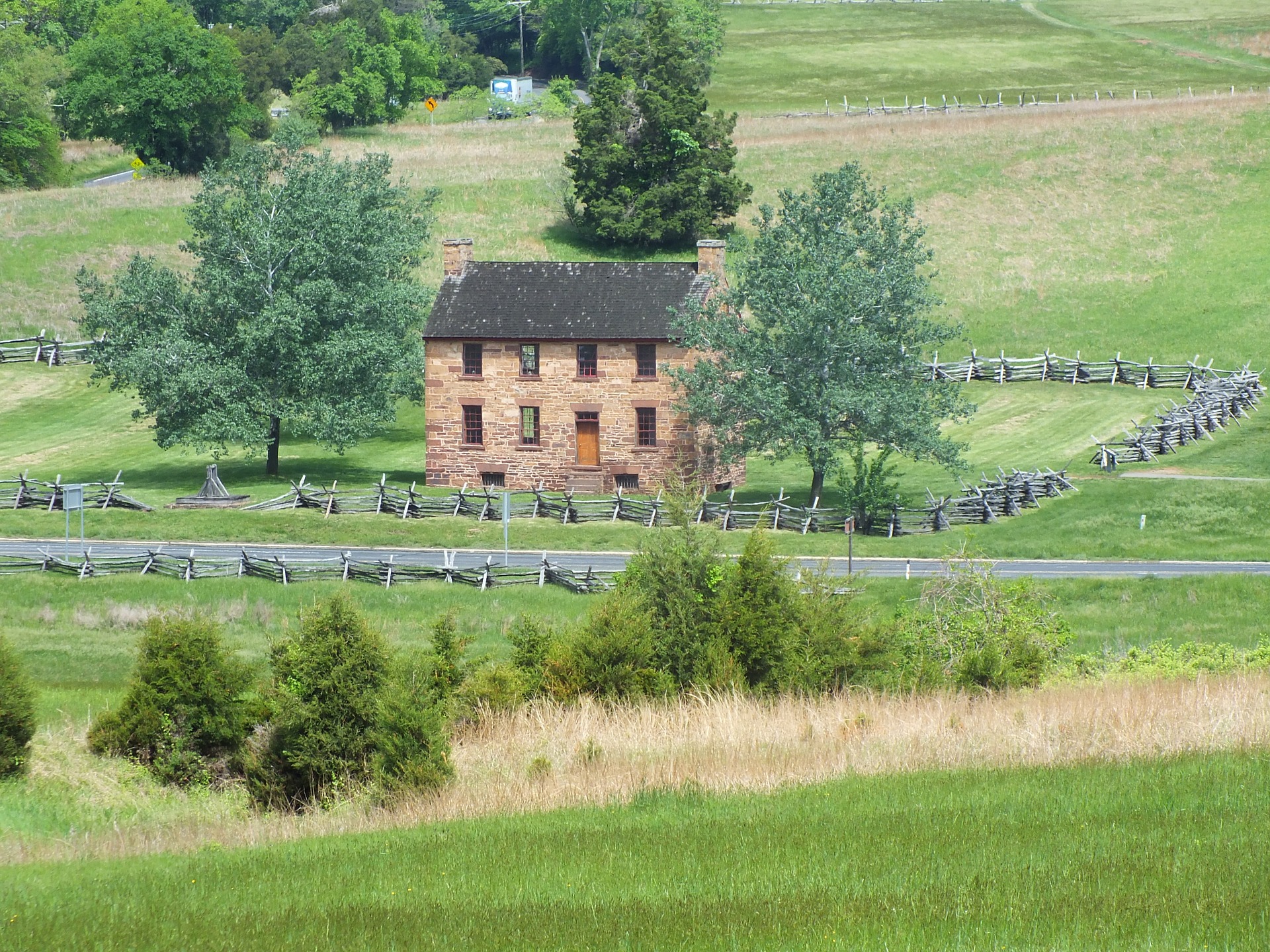Understanding Creosote: An In-depth Guide for Manassas, VA Residents
Creosote is a common term thrown around in conversations about chimney maintenance and safety, but many homeowners in Manassas, VA, might not fully comprehend what it truly entails. This in-depth guide aims to help you understand what creosote is, its impact, and how to deal with it effectively.
What is Creosote?
Creosote is a byproduct of the combustion process that occurs when you burn wood in your fireplace or wood stove. When the smoke goes up your chimney, creosote condenses on the inside of your chimney walls, especially if the chimney is colder than the smoke. Creosote is a black or brown residue that can be crusty and flaky, tar-like and sticky, or shiny and hardened.
Why is Creosote a Concern?
The primary concern with creosote is the fire hazard it presents. When it builds up in your chimney, it can ignite, causing a dangerous chimney fire. This fire can potentially spread to other parts of your home, leading to devastating consequences.
In addition to the fire risk, creosote can also cause other issues. It can corrode your chimney liner, leading to costly repairs. The creosote’s unpleasant odor can also permeate your home, especially in the hot summer months.
How to Prevent Creosote Build-up
The key to preventing creosote buildup is regular maintenance and smart burning practices.
1. Burn Only Dry, Seasoned Wood: Wet or green wood creates more smoke, which leads to more creosote. Dry, seasoned wood burns hotter and cleaner, reducing creosote production.
2. Maintain a Hot Fire: A smoldering fire produces more smoke, hence more creosote. A hotter fire will produce less smoke and, therefore, less creosote.
3. Regular Chimney Sweeping: Even with the best burning practices, some creosote will still form. Regular chimney cleaning removes this creosote before it can build up to dangerous levels. Here’s where professionals like A&T Chimney Sweeps fireplace, furnace, dryer vent, gutter cleaning, and repair services in Manassas, VA, come into play. They can ensure your chimney is clean and safe.
What is Creosote Removal?
Creosote removal involves cleaning the chimney to remove the creosote buildup. This process should be done by a professional chimney sweep who has the necessary tools and knowledge.
A professional chimney sweep will also do more than just remove creosote. They will inspect your chimney for other potential issues, such as damage to the chimney liner or structure, birds’ nests, or other blockages.
Ultimately, creosote is something that every homeowner with a fireplace or wood stove needs to be aware of. By understanding what it is, its dangers, and how to prevent it, you can ensure that your home remains a safe and pleasant place to live.
FAQs
1. How often should I have my chimney cleaned to prevent creosote buildup?
The National Fire Protection Association recommends that chimneys be inspected at least once a year and cleaned as necessary. If you use your fireplace or wood stove regularly, it may need to be cleaned more often.
2. Can I remove creosote myself?
While it’s possible to do some basic chimney cleaning yourself, removing creosote is a job best left to professionals. Creosote can be difficult to remove, especially if it’s been allowed to build up for a long time.
3. What signs should I look out for that indicate a creosote buildup?
Signs of creosote buildup include a strong, unpleasant odor coming from your fireplace or chimney, reduced drafting in your fireplace, visible deposits in the chimney or fireplace, and smoke entering your home when you use the fireplace.
4. Is there a specific type of wood that produces less creosote?
Hardwoods like oak, maple, and birch produce less creosote than softwoods like pine, fir, and cedar. This is because hardwoods are denser and burn hotter, producing less smoke.
5. Can I use chemical chimney cleaners to remove creosote?
Chemical chimney cleaners can help reduce creosote buildup, but they are not a substitute for professional chimney cleaning. These products should be used as part of a comprehensive chimney maintenance plan.
In conclusion, creosote is a significant hazard that homeowners should not overlook. With regular maintenance and professional assistance from services like A&T Chimney Sweeps, you can keep your home safe and your fireplace functioning efficiently.








